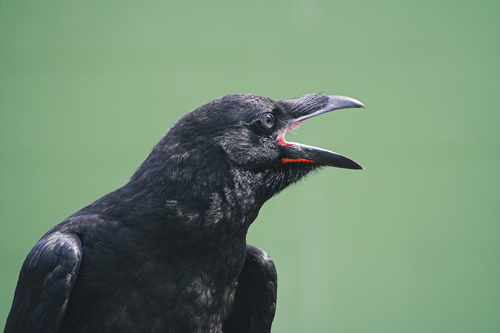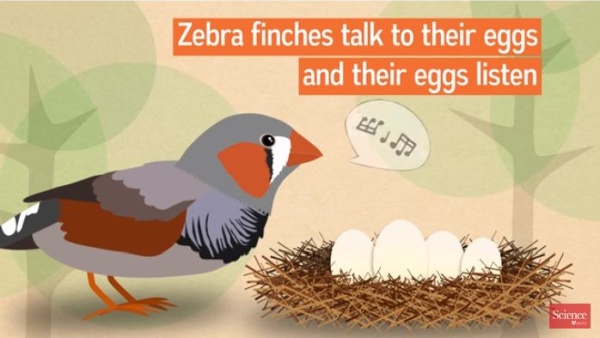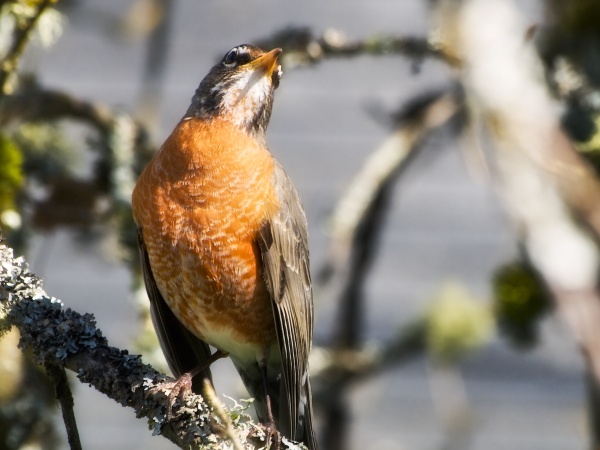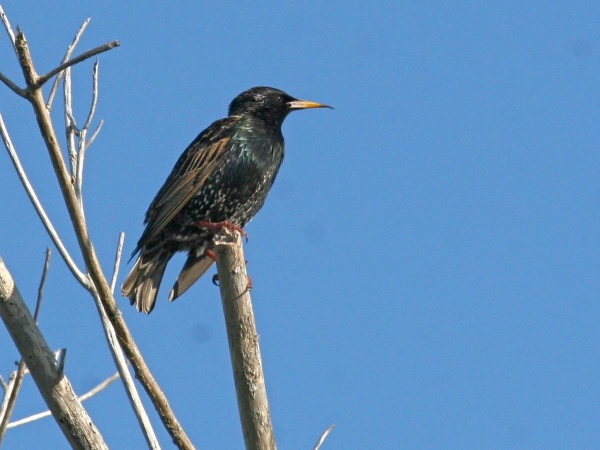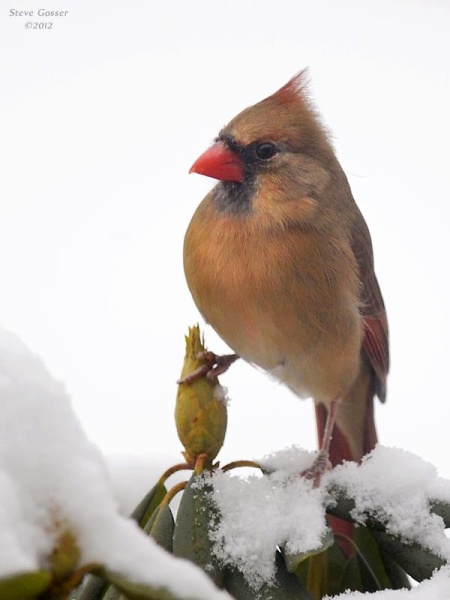The birds are singing again and our ears are “rusty” after six months of their silence. How can we identify them?
Here are YouTube videos for four species singing in my Pittsburgh neighborhood this morning. Perhaps they’re in your neighborhood, too.
- Song sparrows (Melospiza melodia) get back in tune very early in the year. They’re resident throughout much of North America so they begin practicing in January. By now they’re doing the territorial call-and-response in Pittsburgh. In the video above, you can hear a song sparrow off camera before the one in view responds.
- Carolina wrens (Thryothorus ludovicianus) are LOUD. Resident in the eastern U.S., their song is described as “TEAkettle, TEAkettle, TEAkettle” but it doesn’t always sound like that. Often the best clue to identifying this wren is that it’s the loudest voice you hear. Watch him sing below, then look for your local wren on a prominent perch. You’ll be surprised by how far away he is.
- House finches (Haemorhous mexicanus) were originally from the western U.S. and Mexico but bird sellers illegally captured and sold them as “Hollywood Finches” in New York City. In 1940, with law enforcement in pursuit, the dealers released their birds in Central Park. Since then, the eastern population has expanded westward, nearly meeting up with their western relatives. You probably have one singing in your neighborhood. Listen to him below.
- The mourning dove’s (Zenaida macroura) “whoooing” song is sometimes mistaken for an owl but when you look for the source you’ll find this bird puffing his throat. Mourning doves are tuning up near you. They’re resident in most of the U.S. and Mexico.
(videos from YouTube. Click on the “Watch on YouTube” icon to see each video with explanatory text)




